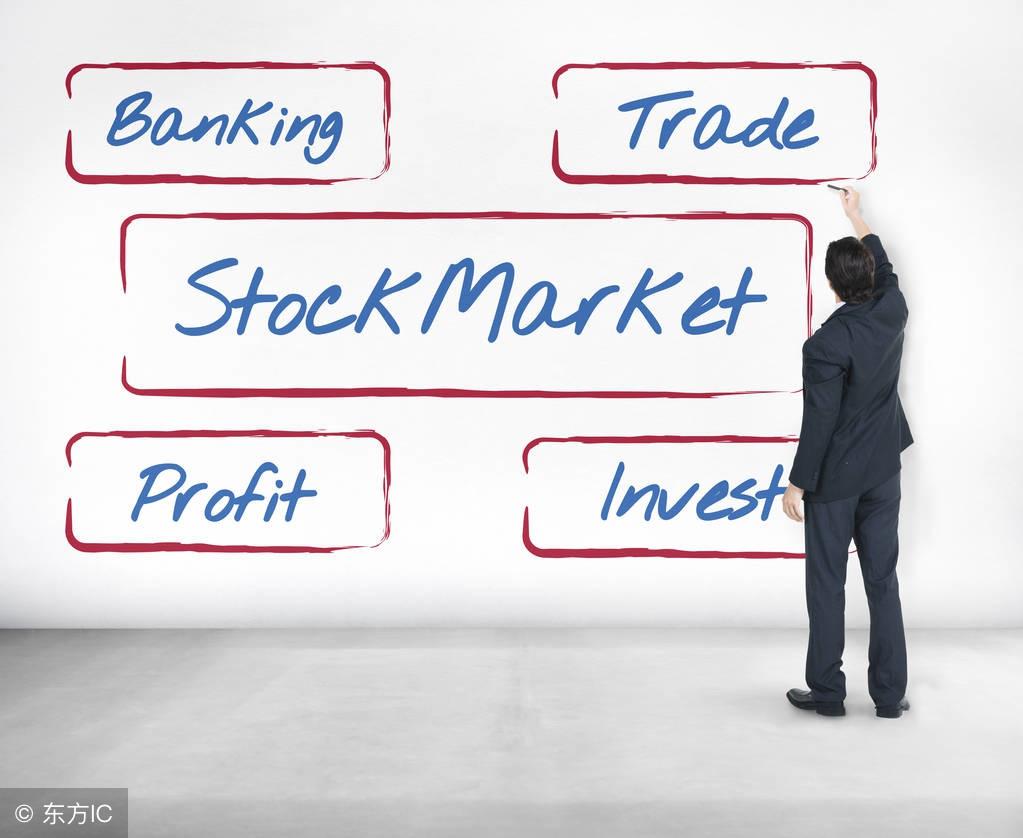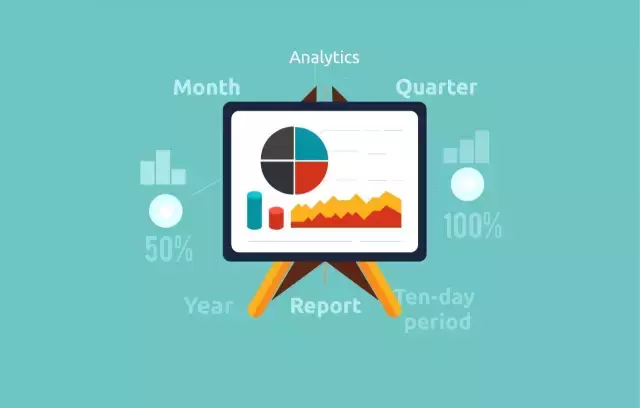Doing a roadshow PPT can be daunting at first, especially if you have never written one. You may go to Baidu "how to write a roadshow PPT" or look at the examples in recent years, and put together what you have learned online, but the final effect is still messy.
In the roadshow PPT of early entrepreneurs, what is really missing is not the information but the sorting out of the information. A good roadshow PPT should have the following characteristics:
Tell a compelling and logical story;
A business model strongly verified by experiments and research data;
End with a well-researched derivation of a clear funding amount.

Let's talk about how to write a perfect financing roadshow PPT!
Slide 1: Issues/Pain Points
This might be one of the most important slides in your roadshow presentation. Dave McClure, partner at 500 Startups, advocates "emphasizing the problem rather than the solution" because too many entrepreneurs push their solutions too hard without making potential investors understand what the problem they're trying to solve is.
In this slide you need to state the following points as concisely as possible:
1. What are the problems/pain points?
2. How do you know this is a problem? Do you have primary or secondary research data to support this question?
3. Who are you going to solve this problem for?
Slide 2: Solutions
Now that you have told investors that there is an important problem to be solved in a certain group, and that it has been validated by your research, you can start talking about how you will solve this problem. Here are the questions you need answered:
1. What other solutions are people using now? Why none of these solutions actually solve the problem?
2. What is your solution?
3. Why is your solution better than other solutions? What are the ultimate benefits?
4. Does your solution have any patents or unique features?

Slide 3: Data Validation
After the first two slides, most investors will want to see data validation of your solution. In fact, most investors don't care about product details, and their first instinct is to evaluate whether your company is a good investment opportunity. We call this slide the "key slide" because it's the slide that determines whether investors will continue to read it, and you should think about how to answer the following questions:
1. How many paying customers or users do you have?
2. How much income do you generate monthly/yearly?
3. What is your monthly growth?
4. Are you profitable?
5. Do you have important partners?
6. Do you have testimonials from clients or a high Net Promoter Score?
Slide 4: Products
On slide 2, you convey all the benefits your solution can provide. In this slide, you give investors a quick demo of the product, explaining to them how the product works without revealing too much detail. Try to use concise language to explain and put a few screenshots of the product.
1. How does your product work?
2. How does it bring value to your customers?
Slides 1-4 are the "hooks" that get investors hooked. The sole purpose of these few slides is to get investors interested in your business so they will want to learn more about the project.
In slides 5-8, you have to convince investors that your project is full of market potential, and you happen to have a great strategy to cut into this market.

Slide 5: Market Analysis
TAM (Total Available Market, total market), SAM (Serviceable Available Market, total serviceable market) and SOM (Serviceable Obtainable Market, total actual serviceable market), if your market is very segmented, talk about you How to be a big fish in a small pond.
1. How big are TAM, SAM, and SOM?
2. What is the user's portrait (ICP)? Who are your early adopters?
3. What is your lifetime value and acquisition cost? What is your customer churn rate?
Slide 6: Competitive Analysis
One of the most frustrating questions entrepreneurs can hear is: "If so-and-so (industry giant) entered your market with more resources, how would you respond?" There is no real answer to this question, because unless someone Someone really did, otherwise no one knows what would have happened.
What you can show here is your confidence in adapting to the market and gaining market share, while demonstrating your current level of customer satisfaction and loyalty. You need to consider the following questions:
1. What is your market positioning?
2. How to prevent competitors from taking your market share?
3. What is your secret? How will you become better than your competitors?

Slide 7: Business Model
Ash Maurya once said: "The real product of an entrepreneur is not a solution, but a business model that works. What the entrepreneur really should do is systematically reduce the risk of the business model over time."
In this slide, you should show how your business model works and how it has been validated by early adopters. The key questions to answer here are:
1. How do you make money?
2. How has your business model been validated through experiments or case studies?
Slide 8: Marketing Strategy
Now that you've identified your target market and business model, you want to let investors know how you're going to get there. Your go-to-market strategy should already be proven on a small scale, and you should have identified the most effective customer acquisition channels. Here you need to answer:
1. How will you get your product in front of customers?
2. Based on your current resources, which channels will you focus on? What have you done to verify that these are the most effective channels?
3. What is your competitive distribution strategy?
Slide 9: Financing needs + financial data
In order to support the ambitious customer acquisition strategy you just proposed, you need to propose financing needs. Your entire speech is dedicated to this moment. At this point, investors should understand why your company is a good investment opportunity, and now they want to know how much capital you need to make this happen. You have to answer:
1. How much capital do you need to further validate your business model?
2. How long can you spend the money in your hand? How much more do you have to burn?
3. How will the funds be distributed? What will the money be spent on?
4. How much does it cost to acquire customers? How confident are you that you can keep it within bounds?

Slide 10: Team
In this slide, you introduce your team, their respective roles and past experiences. You need to explain to investors why your team is the best choice to execute on the idea.
1. Who is on your team? What relevant skills and experience do they have?
2. How did you meet your co-founders? What have you done together in the past that show that you can work well together?
3. Which consultants do you have? How does their experience relate to the problem you are solving?
Slide 11: Vision
Your vision should be on the title slide as an important catchphrase or at the end of your presentation, reminding your investors why they should care about your project.
After giving investors all the facts, figures, and checks, if it meets their standards, the next thing they want to know is why you made your project work.
1. What is your vision?
2. What is motivating you to realize this vision?
Source: Legend Holdings Microspace
Articles are uploaded by users and are for non-commercial browsing only. Posted by: Lomu, please indicate the source: https://www.daogebangong.com/en/articles/detail/11%20steps%20to%20teach%20you%20to%20make%20a%20perfect%20financing%20roadshow%20PPT.html

 支付宝扫一扫
支付宝扫一扫 
评论列表(196条)
测试